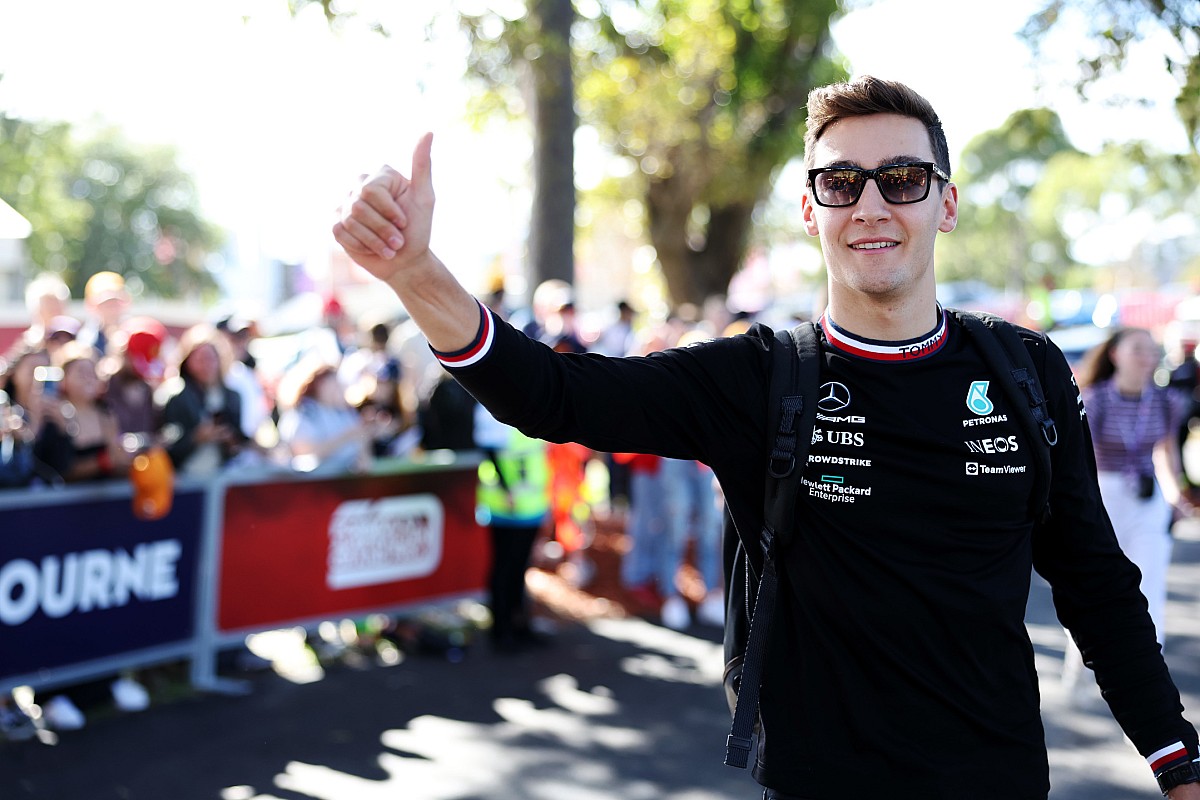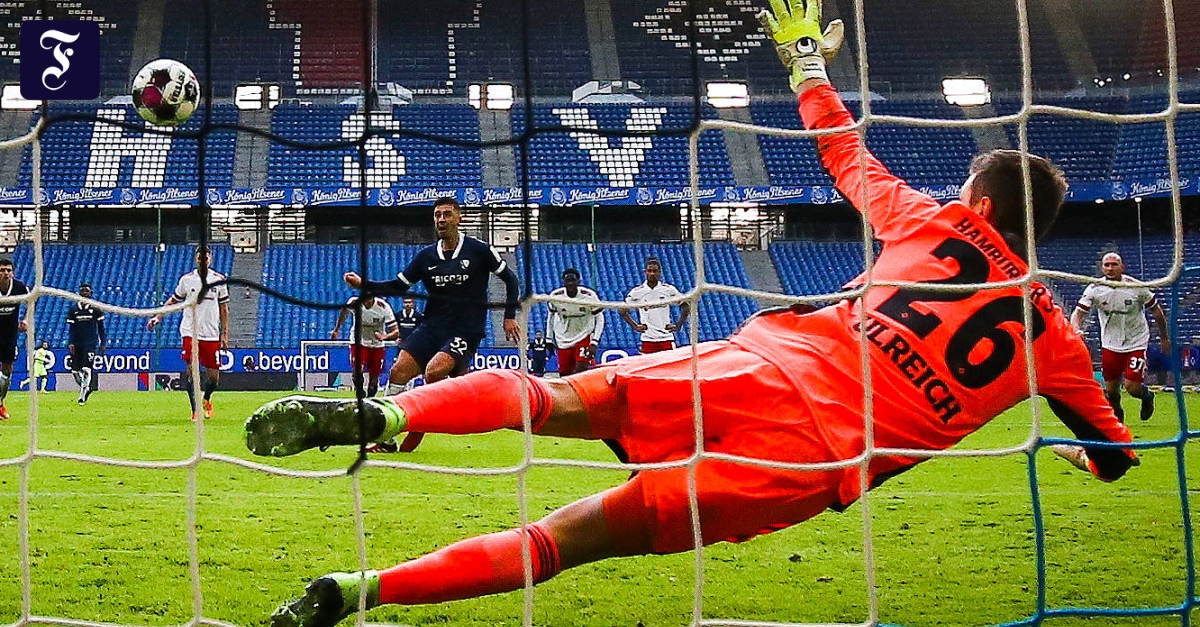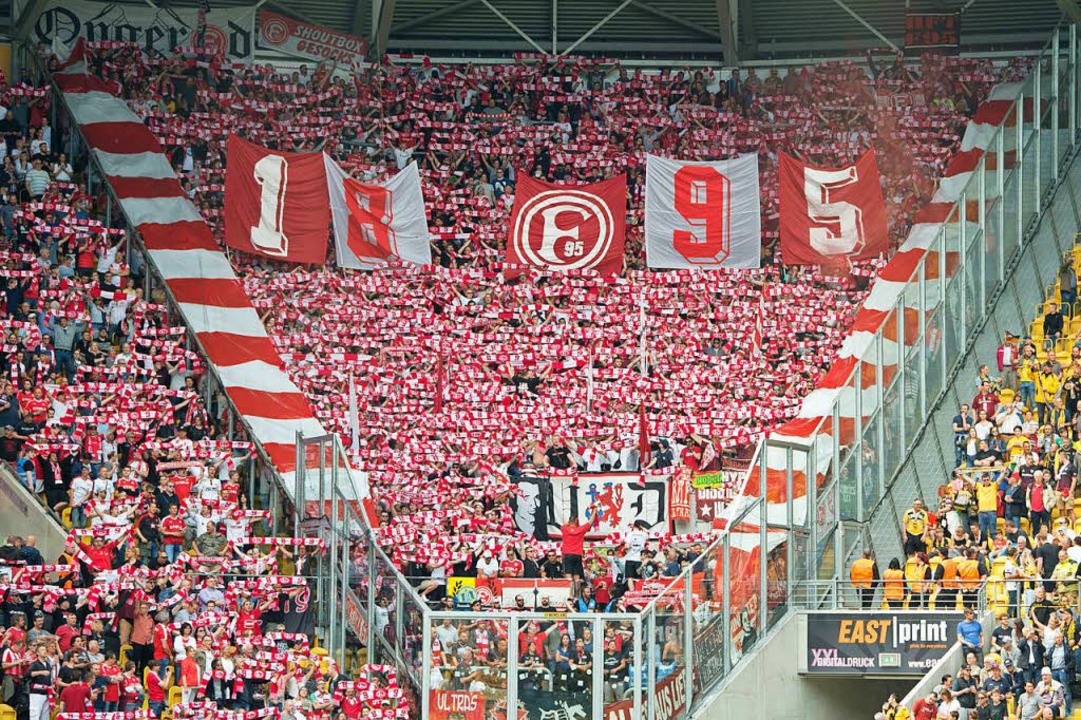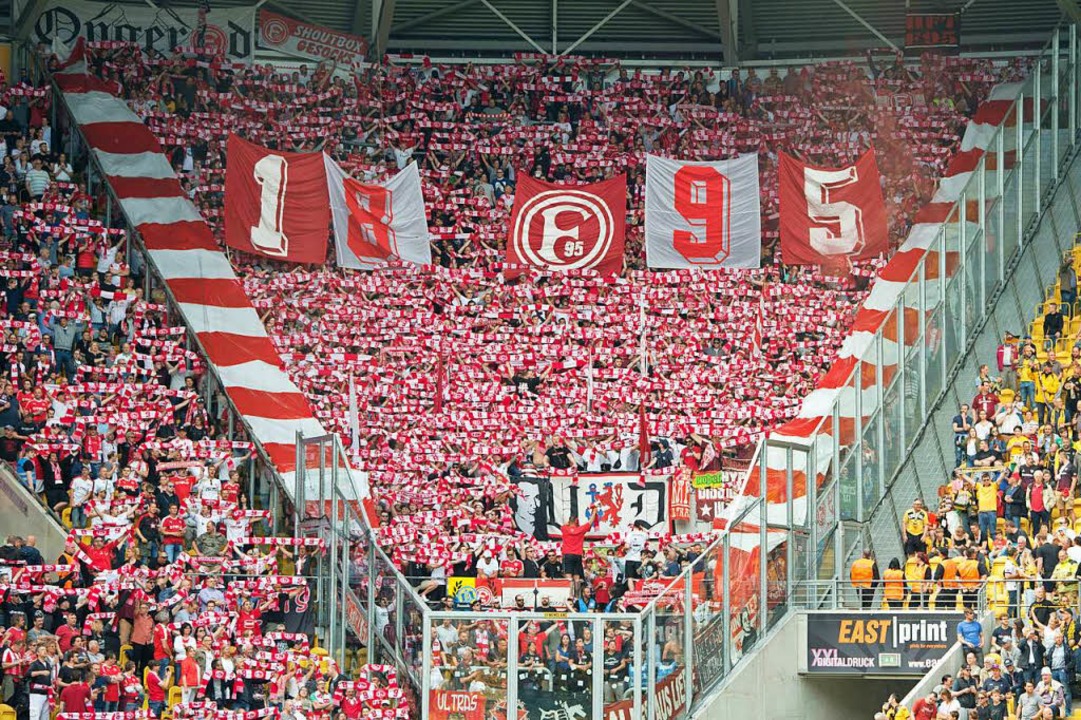How George Russell Fixed Mercedes' Biggest Problem

Table of Contents
Understanding Mercedes' Porpoising Problem
Porpoising, a phenomenon where F1 cars violently bounce up and down at high speeds, is caused by aerodynamic instability. The ground effect, crucial for generating downforce, becomes unstable at certain speeds, leading to oscillations. For the Mercedes W13, porpoising was particularly severe. The car’s aggressive design, aiming for maximum downforce, exacerbated this issue. This resulted in several significant challenges:
- Loss of downforce due to bouncing: The constant vertical movement disrupted the airflow under the car, reducing the crucial downforce needed for cornering speed and overall performance.
- Increased tire degradation: The relentless bouncing subjected the tires to excessive stress and heat, leading to premature wear and compromising race strategy.
- Driver discomfort and physical strain: The intense vibrations caused significant physical strain on the drivers, impacting their concentration and performance consistency.
- Difficulty in finding optimal car setup: The unpredictable nature of the porpoising made it incredibly challenging for engineers to find a consistent and optimal car setup across different tracks and conditions.
Russell's Data-Driven Approach
Unlike some drivers who rely primarily on feel, Russell employed a highly analytical approach. His meticulous data analysis and feedback were key to Mercedes’ progress. He meticulously studied telemetry data, paying close attention to the car’s behavior under various conditions. This contrasted with Hamilton's more instinctive approach, highlighting the importance of diverse perspectives in F1 engineering. Russell's strengths lay in:
- Detailed analysis of telemetry data: He meticulously examined data from various sensors to pinpoint the exact causes and effects of the porpoising.
- Precise communication of car behavior and feelings: He translated his observations into clear and concise reports for the engineers, making the data actionable.
- Focus on consistency in car setup despite track conditions: He consistently worked towards a repeatable setup, providing a benchmark for engineers to improve upon.
- Collaboration with engineers to develop targeted solutions: He actively engaged with the engineering team, working collaboratively to design and test potential solutions.
The Impact of Russell's Feedback on Mercedes' Upgrades
Russell's detailed feedback directly influenced Mercedes’ development strategy. The team implemented several significant upgrades based on his insights:
- Modifications to the floor and sidepods: Changes to these crucial aerodynamic components aimed to improve airflow and reduce the instability causing porpoising.
- Suspension adjustments: Modifications to the suspension system aimed to dampen the oscillations and improve the car's stability.
- Improved aerodynamic efficiency: Through a series of iterative improvements, Mercedes progressively enhanced the aerodynamic performance of the W13, reducing drag and improving downforce generation.
- Reduced bouncing and improved stability: The cumulative effect of these upgrades significantly reduced the severity of porpoising, resulting in a more predictable and stable car.
The Shift in Performance and Championship Positioning
The mitigation of porpoising, largely driven by Russell’s input, had a dramatic impact on Mercedes' competitiveness. While they didn't win the championship, the team's performance improved markedly in the second half of the 2022 season. Improved race pace and qualifying positions showcased the effect of the implemented changes. The enhanced performance also boosted team morale, creating a positive feedback loop of improvement.
Conclusion
George Russell's meticulous data analysis, clear communication, and collaborative approach were instrumental in Mercedes' fight against the debilitating porpoising affecting the W13. His contributions significantly improved the car's performance and ultimately contributed to a more successful second half of the 2022 season. This underscores the vital role of driver feedback in the complex world of Formula 1 car development. Learn more about how driver feedback and data analysis are crucial to F1 success. Explore other articles on the impact of George Russell and Mercedes’ technical strategies. Understanding the complexities of fixing problems like porpoising is key to appreciating the high-level engineering in Formula 1.

Featured Posts
-
 1 500 Expected At Best Of Bangladesh Netherlands Event European Investors Attend
May 25, 2025
1 500 Expected At Best Of Bangladesh Netherlands Event European Investors Attend
May 25, 2025 -
 Massive Rubber Duck Encourages Water Safety In Myrtle Beach
May 25, 2025
Massive Rubber Duck Encourages Water Safety In Myrtle Beach
May 25, 2025 -
 How To Get Bbc Big Weekend 2025 Sefton Park Tickets
May 25, 2025
How To Get Bbc Big Weekend 2025 Sefton Park Tickets
May 25, 2025 -
 Facing Retribution The High Cost Of Challenging The Status Quo
May 25, 2025
Facing Retribution The High Cost Of Challenging The Status Quo
May 25, 2025 -
 Darwin Shop Owner Killed Teenager In Custody Following Nightcliff Incident
May 25, 2025
Darwin Shop Owner Killed Teenager In Custody Following Nightcliff Incident
May 25, 2025
Latest Posts
-
 Bundesliga Hsv Im Aufstiegskampf Hafengeburtstag Und Konzert Chaos
May 25, 2025
Bundesliga Hsv Im Aufstiegskampf Hafengeburtstag Und Konzert Chaos
May 25, 2025 -
 Hsv Aufstieg Zwischen Hafengeburtstag Und Roland Kaiser Konzert
May 25, 2025
Hsv Aufstieg Zwischen Hafengeburtstag Und Roland Kaiser Konzert
May 25, 2025 -
 Hsv Im Hoehenflug Aufstieg In Die Bundesliga Perfekt
May 25, 2025
Hsv Im Hoehenflug Aufstieg In Die Bundesliga Perfekt
May 25, 2025 -
 Hsv Aufstieg In Die Bundesliga Perfekt Der Weg Zurueck
May 25, 2025
Hsv Aufstieg In Die Bundesliga Perfekt Der Weg Zurueck
May 25, 2025 -
 Hsv Aufstieg Zwischen Hafengeburtstag Und Roland Kaiser 2 Bundesliga Saison
May 25, 2025
Hsv Aufstieg Zwischen Hafengeburtstag Und Roland Kaiser 2 Bundesliga Saison
May 25, 2025
